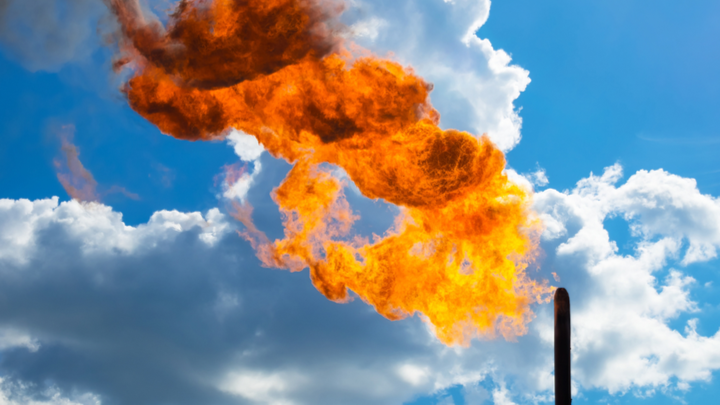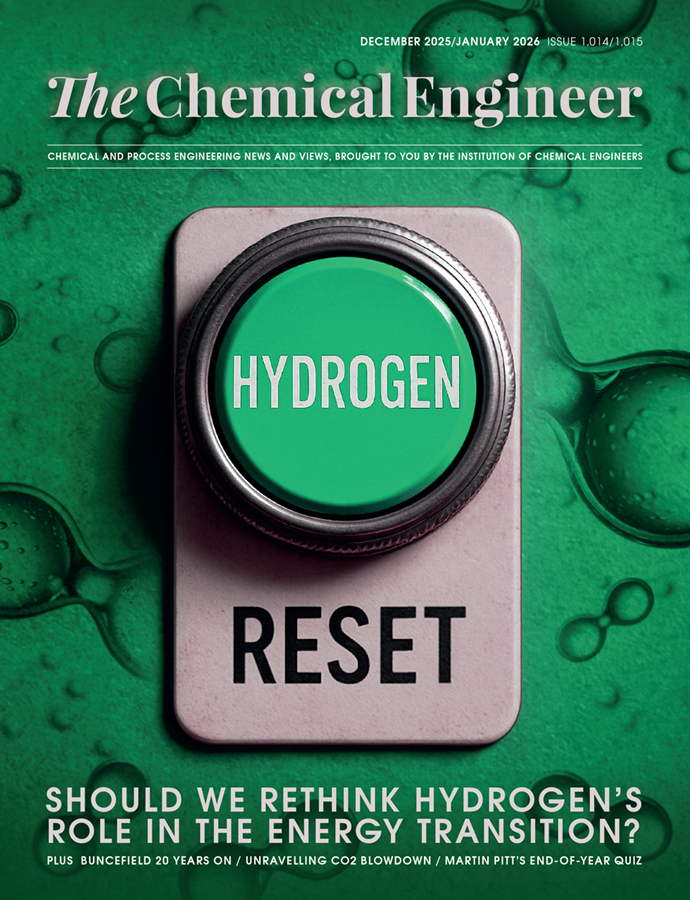Wood awarded US$100m contract to reduce gas flaring in Iraqi oil fields

OIL AND GAS engineering consultancy Wood has been awarded US$100m worth of contracts to design gas flaring reduction systems for oil extraction sites in Iraq.
Wood’s teams in Iraq and the United Arab Emirates will provide brownfield engineering, procurement and construction (EPC) and modification services to design systems that capture and reuse waste gas associated with oil extraction that would otherwise be burned. The work will take place across the “largest oil fields in Iraq”.
The Aberdeen-based firm is poised to be bought out by UAE-based Sidara for £242m (US$329m), although Wood will continue to trade as a standalone brand under the terms of the deal to minimise disruption to existing relationships. The company has been beleaguered since failings in corporate governance came to light in March this year, triggering Sidara to reduce their original offer of £1.5bn by 85%.
Gas flaring is the process of burning waste gases associated with oil extraction. It is burned largely for commercial reasons as storage infrastructure is underdeveloped, as well as to control pressure fluctuations. The process releases vast amounts of greenhouse and toxic gases, and the World Bank estimates gas flaring is responsible for 350m tCO2e of emissions each year. While the amount of gas flaring associated with oil extraction decreased by 11% between 1996 and 2023, oil production in the same period increased by around 28%.
The World Bank has committed governments to ending routine flaring by 2030, with Iraq aiming for a 78% reduction by the end of 2025.
Wood already has gas flaring reduction contracts in Iraq and claims it has implemented the world’s largest flare gas reduction programme, having contributed to reductions of 10m tCO2e per year over the last decade.
Most processes to reduce gas flaring work by using a liquid ring compressor system. Waste gas which passes into the compressor then mixes with water which is transferred to a separator. The water is returned to the compressor, while the recovered gas is reused for further oil extraction.
The World Bank is encouraging greater utilisation of the recovered gas, pointing out that the 148bn m3 of gas flared in 2023 would be enough to generate the whole of sub-Saharan Africa’s power supply.
Ellis Renforth, Wood’s president of operations for Europe, Middle and Africa, said: “We are working in partnership with our clients to achieve Iraq’s energy ambitions and deliver a sustainable energy future for the country.
“Wood Iraq has extensive knowledge of our clients’ infrastructure, operations and goals, enabling them to improve operational efficiency and reduce the impact of gas flaring while maintaining critical production.”
Rumaila flare
Wood has not publicly disclosed the client for their gas flaring reduction work, but they have confirmed that it will take place across the “largest oil fields in Iraq”. The country’s largest oil field is the state-owned onshore Rumaila oil field, managed by bp and PetroChina, near the city of Basra in the country’s southeast, where Wood’s Iraqi operation is based. One of the biggest oil fields in the world, Rumaila produces 1.45m barrels of oil a day and holds estimated reserves of 17bn barrels.
Rumaila is one of the world’s most notorious oil fields for gas flaring. According to analysis by Greenpeace’s investigative journalism outlet Unearthed, 3.39bn m3 of gas was flared at Rumaila in 2021, releasing 9.5m tCO2e.
Gas flaring also releases volatile organic compounds such as benzene, naphthol, and black carbon, which are linked to increased risks of leukaemia. In 2022, the BBC reported that a confidential report from the Iraqi health ministry attributed a 20% rise in cancer in Basra between 2015 and 2018 to pollution from the oil industry.
Recent Editions
Catch up on the latest news, views and jobs from The Chemical Engineer. Below are the four latest issues. View a wider selection of the archive from within the Magazine section of this site.




